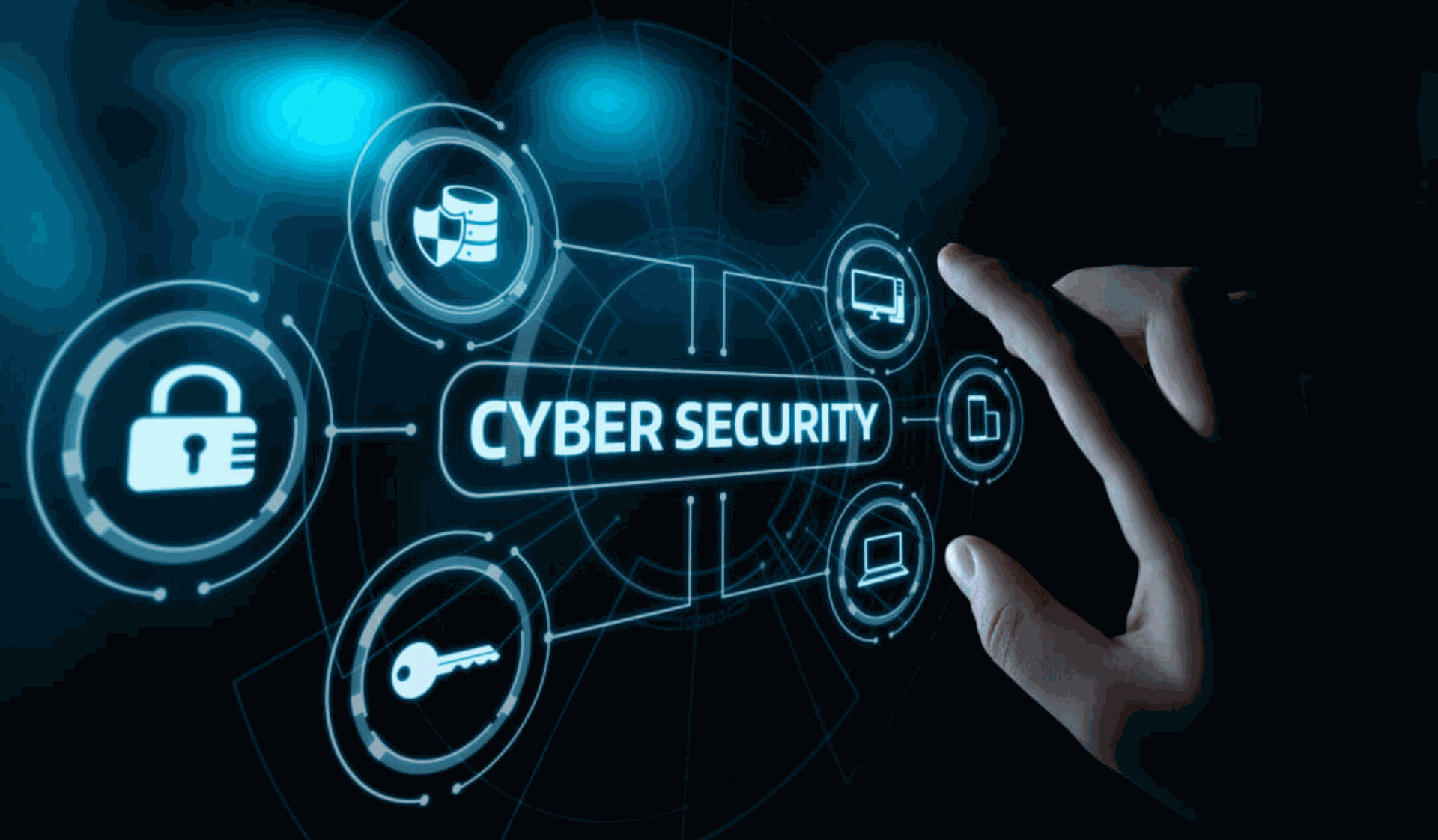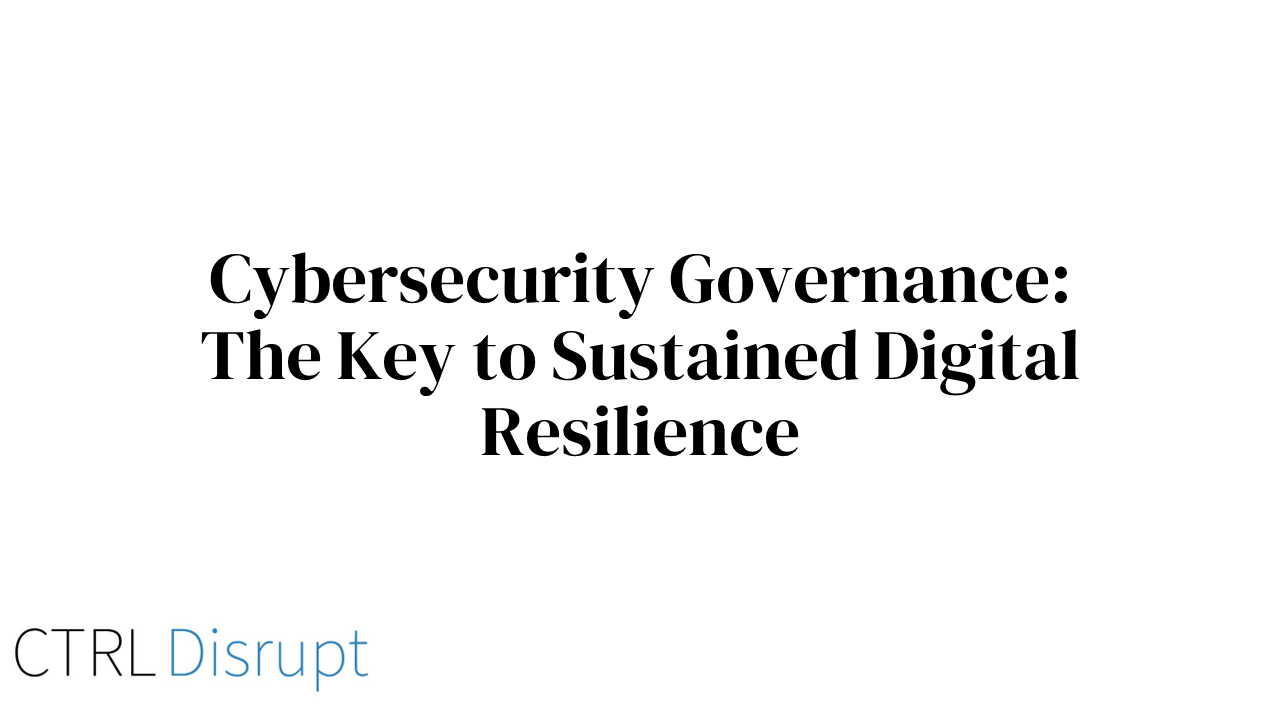Strengthening Organizational Fortitude: The Crucial Role of ISO 22301 in Navigating the Storms of Uncertainty
In the ever-evolving landscape of modern business, one thing remains constant – uncertainty. From natural disasters and cyber threats to global pandemics and economic downturns, organizations face an array of disruptive incidents that can strike unexpectedly. The key to survival lies in the ability to adapt and persevere, and this is where ISO 22301 emerges as a lifeline for organizations seeking to weather the storm. As a globally recognized standard for Business Continuity Management (BCM), ISO 22301 is more than just a set of guidelines; it is the embodiment of resilience that can help organizations forge an unyielding path to success.
Unravelling ISO 22301: A Pillar of Resilience
At its core, ISO 22301 serves as the North Star, guiding organizations toward a holistic and structured approach to BCM. It lays the foundation for a robust framework that encompasses proactive risk management, crisis response, and post-incident recovery, culminating in an unbroken chain of essential services even in the darkest of times.
The standard empowers organizations to:
Embrace Risk as a Partner, not a Foe:
Rather than being at the mercy of uncertainty, ISO 22301 encourages organizations to embrace risk as an inseparable part of their journey. By conducting meticulous risk assessments and Business Impact Analyses (BIAs), organizations gain deep insights into their vulnerabilities and exposure to threats. Armed with this knowledge, they can proactively design strategies to mitigate risks and build contingencies.
Forge a Culture of Preparedness:
In the face of calamity, preparation is the armour that shields organizations from potential devastation. ISO 22301 urges organizations to develop a Business Continuity Management System (BCMS) – a dynamic playbook that delineates roles, communication channels, and action plans. This proactive approach equips the workforce to respond promptly and efficiently during crises, instilling a culture of preparedness throughout the organization.
Continuously Improve and Evolve:
ISO 22301 is not a one-time remedy; it is a living, breathing entity that thrives on continuous improvement. Organizations are encouraged to regularly test their BCMS through simulated scenarios, crisis exercises, and real-time drills. The knowledge gained from these exercises fuels the evolution of the organization's resilience, ensuring it stays agile and adaptive in the face of ever-changing threats.
Why should my organization care about ISO 22301?
"Why should my organization care about ISO 22301?" - This is a question that reverberates in the minds of many business leaders. The answer lies in the transformative impact ISO 22301 can have on an organization's survival and growth:
The Shield Against Catastrophe:
In a world of unpredictability, no organization is immune to the disruptive forces that can wreak havoc on operations. ISO 22301 serves as a robust shield, deflecting the full force of these incidents. It does more than just protect; it strategically prepares organizations to weather storms with minimal operational downtime. By identifying vulnerabilities and developing comprehensive contingency plans, ISO 22301 acts as a resilient armour that safeguards critical processes, ensuring that even during the most challenging times, essential services continue to function.
Mitigating Financial Losses:
Disruptions come with a hefty price tag. Whether it's due to a cyberattack, a natural disaster, or supply chain breakdown, financial losses can quickly spiral out of control. ISO 22301 acts as a financial steward, mitigating these losses by fostering a proactive risk management approach. By preparing for potential incidents and establishing robust recovery strategies, organizations can minimize the impact on their bottom line, ensuring that financial stability remains intact.
Preserving Brand Reputation:
In today's interconnected world, a tarnished reputation can spell disaster. ISO 22301 operates as a guardian of brand reputation, ensuring that even during crisis, an organization's image remains untarnished. By swiftly responding to incidents and communicating transparently with stakeholders, organizations demonstrate their commitment to integrity and responsibility. ISO 22301's emphasis on preparedness and effective crisis management enhances an organization's ability to weather the storm without compromising its hard-earned reputation.
Transforming Crisis into Opportunity:
While crises can bring chaos, they can also be catalysts for growth. ISO 22301 empowers organizations to not only survive but thrive in the aftermath of disruptive incidents. By embracing a culture of learning and adaptability, organizations can extract valuable insights from crises. These lessons become the building blocks for innovation and strategic evolution. Organizations that have harnessed the power of ISO 22301 are well-positioned to turn adversity into opportunity, emerging stronger and more agile than before.
How can your organization implement ISO 22301?
Now, let's delve into how your organization can take concrete steps to implement ISO 22301 and build a fortified BCM system:
Step 1: Cultivate Leadership Commitment
Leadership commitment is the cornerstone of successful ISO 22301 implementation. Engage top management to endorse the initiative, allocate necessary resources, and foster a culture that prioritizes business continuity. Create a dedicated steering committee responsible for overseeing the implementation journey.
Step 2: Conduct a Business Impact Analysis (BIA)
Start by identifying and prioritizing critical business processes and functions. Conduct a thorough BIA to assess the potential impact of disruptions on these processes, quantifying the financial, operational, and reputational consequences. This analysis serves as the foundation for devising tailored strategies to protect essential services.
Step 3: Conduct Risk Assessments
Carry out a comprehensive risk assessment to identify and evaluate potential threats, vulnerabilities, and external factors that could disrupt business operations. Analyse the likelihood and severity of each risk to prioritize mitigation efforts effectively.
Step 4: Design and Develop a BCMS
Based on the insights gained from the BIA and risk assessments, design a Business Continuity Management System (BCMS) that aligns with your organization's objectives. Define roles, responsibilities, and accountabilities to ensure a clear understanding of the crisis response hierarchy. Establish communication channels and escalation procedures to facilitate effective information dissemination during incidents.
Step 5: Develop Business Continuity Plans (BCPs)
Craft robust Business Continuity Plans (BCPs) tailored to the identified risks and critical processes. Each plan should outline specific actions, timelines, and resource requirements to ensure continuity during disruptions. Address response and recovery strategies for different types of incidents, including cyberattacks, natural disasters, and supply chain disruptions.
Step 6: Training and Awareness
Train employees at all levels on the BCMS and BCPs, ensuring everyone understands their roles and responsibilities during a crisis. Conduct regular awareness campaigns to keep the workforce informed and engaged with the business continuity process.
Step 7: Test, Exercise, and Review
Regularly test the effectiveness of the BCMS and BCPs through simulated scenarios and exercises. Conduct crisis drills to gauge the organization's response capabilities and identify areas for improvement. Use lessons learned from these tests to refine and strengthen the BCM system continually.
Step 8: Monitor and Continuously Improve
Establish performance metrics and Key Performance Indicators (KPIs) to monitor the effectiveness of the BCMS. Conduct regular reviews, audits, and management reviews to assess progress and identify areas for enhancement. Embrace a culture of continuous improvement to adapt to evolving threats and challenges.
Conclusion
ISO 22301 isn't just a guideline; it's a testament to adaptability. It integrates proactive risk management, safeguards against disruptions, and nurtures stakeholder trust. Yet, its impact goes further. ISO 22301 drives transformation, fostering preparedness and enhancing agility. This isn't just about weathering storms, but about thriving amidst constant change. Embracing ISO 22301 isn't adopting a mere framework; it's embarking on a path of resilience. By applying its principles, your organization can fortify its foundations, evolve, and navigate uncertainty with confidence.



